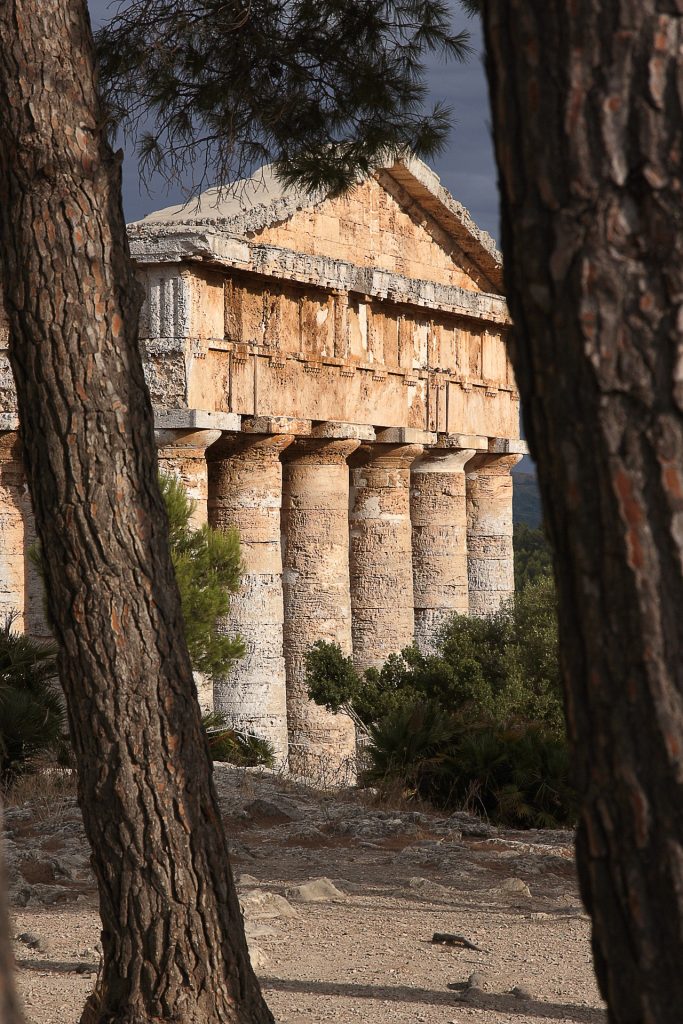The magnificent Segesta of Greek origin, it is found in Sicily, an ancient land full of history, where myths, legends and realities intertwine to form a truth that no one knows. For many still today Sicily it keeps inside its bowels so restless and alive, the spirit of the warriors who have trodden the earth. The numerous invasions and the continuous battles of the past have characterized its faces and contours, to create a unique blend all over the world.

And it is right here, in Sicily, a few steps from Trapani that it is located Segesta. An ancient town, now part of the municipality of Calatafimi-Segesta, which preserves some evidence of those invasions and wars. Historians believe that it is not possible to establish with certainty the date of foundation of the city but, some writings speak of it as a living city already in the ninth century BC.
The legend behind Segesta
As ancient as the land itself, Segesta has, according to legend, a Greek origin. Most likely, founded by Aeneas, who according to what is reported by the stories of Virgil, he built the city to give hospitality and shelter to travelers. In the distant sixth century BC Segesta and Selinunte were rivals and enemies. The clashes, which originated for territorial reasons, are repeated in the centuries to come, often putting a strain on both cities, which found themselves several times escorted by allied armies. Other wars and ferocious clashes marked the city, to the point of losing its original name, Segesta, and being renamed Diceopoli, right city. Le Greco-Punic wars, the revolt of the slaves and finally the fall of the city at the hands of the vandals determined its end. Segesta, was never rebuilt in the same way, and never saw the ancient luster.

Traces of the Middle Ages in Segesta
Despite the battles and the infinite vicissitudes that saw her as the protagonist, Segesta was able to keep some traces of her past. Centuries of history, battles and torments, miraculously left hotbeds of people and traditions "alive", as well as some buildings dating back to the golden times. The Middle Ages gave the city the last glimpses of civilization, leaving it in memory of artifacts that are also, and above all, appreciated today.
The theater and the temple
Between the Quito and the third century BC the city of Segesta enjoyed great wealth. This condition, which was repeatedly put to the test by wars, was however able to give the city two works that survived the time. The Theater, built on the highest peak of Mount Barbaro, was a real giant for the time. It could hold 4000 people. Visitors declare that they are fascinated by the spectacular view from the theater, which was built, on purpose, with the gaze turned towards the Gulf of Castellammare.

Not far from the theater, but still outside the ancient city walls, a little further downstream stands a jewel, the Temple. Also known as the Great Temple, it has evident Greek influences but historians do not go too far in defining an exact style. With its 36 columns 10 meters high it will leave you speechless, for its size and for the excellent state of conservation.
Castellammare del Golfo
Once in Segesta it is mandatory to visit Castellammare del Golfo. Beautiful town on the north west coast. Bring a beach towel with you and put on your swimsuit, you won't be able to resist the urge to dive into the sea.





